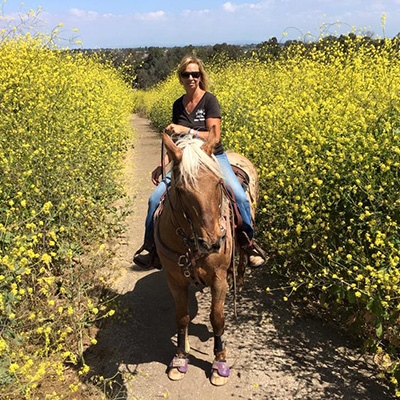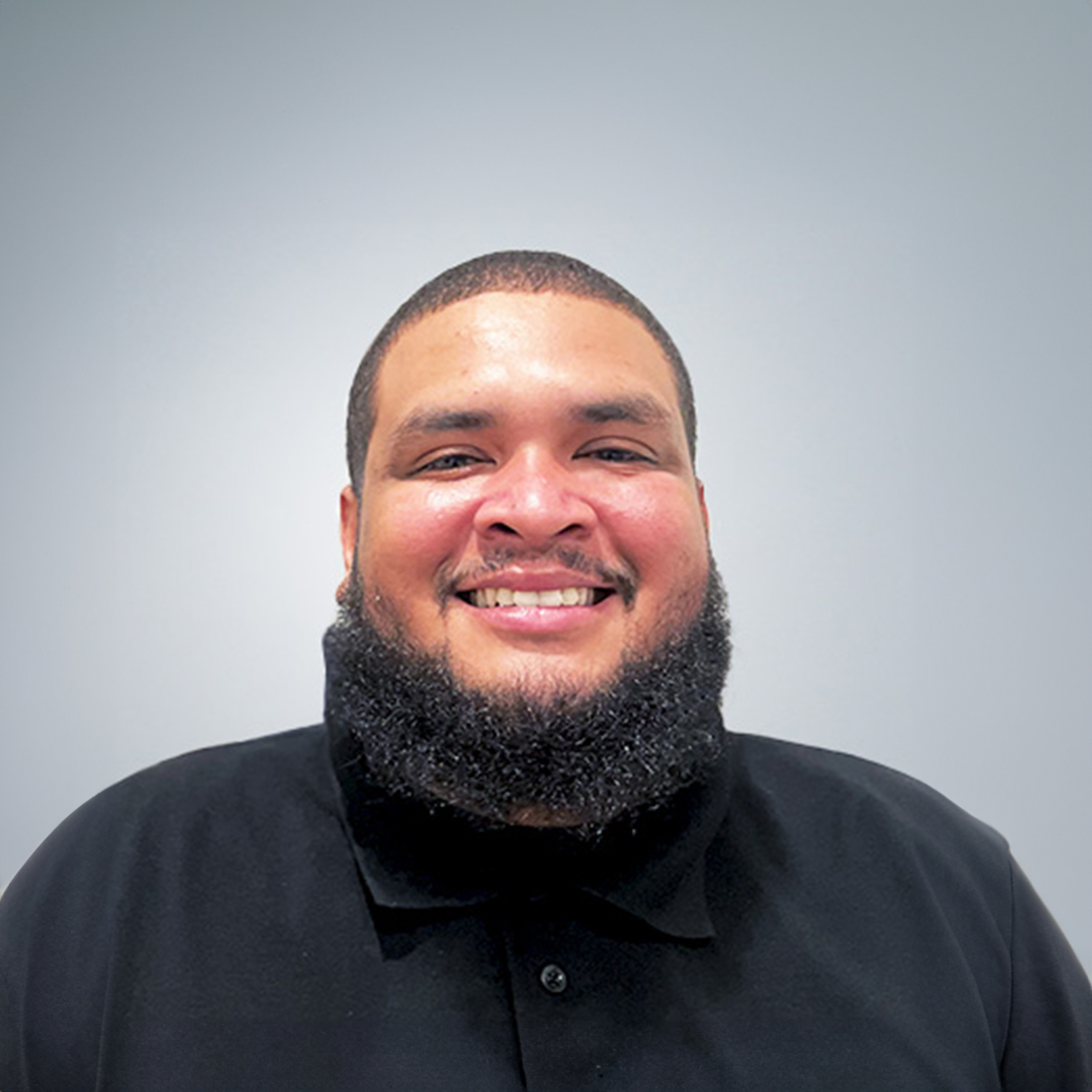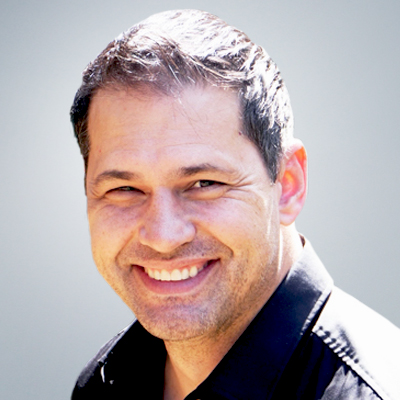
OCD stemming from trauma can consume your everyday habits.
Obsessive-compulsive disorder (OCD) and trauma are often discussed as separate mental health conditions, but they frequently overlap. Traumatic events can trigger, intensify, or shape the development of OCD symptoms, leading to repetitive behaviors and intrusive thoughts that feel uncontrollable. When trauma and OCD intersect, individuals often find themselves trapped in cycles of fear, anxiety, and compulsive behavior that feel impossible to break.
For some individuals, compulsions—such as repetitive actions or thoughts—become a way to regain control after experiencing something overwhelming. Others may develop obsessive thoughts directly related to their trauma, which only reinforce cycles of distress. When trauma and OCD converge, compulsions can feel like survival strategies, but they often keep individuals stuck in unhealthy patterns.
How OCD Can Emerge After Trauma
Not everyone who experiences emotional distress will develop OCD, but for many, symptoms can arise as a response to uncertainty or fear. The trauma experience often leaves the nervous system on high alert, and in an effort to restore order, the brain may latch onto rituals, avoidance, and obsessive thinking as ways to manage distress. These behaviors are typically attempts to regain control in a world that now feels unpredictable. Common OCD symptoms that may emerge after adverse experiences include:
- Fear-driven compulsions: Repetitive behaviors like checking, cleaning, or organizing to prevent harm.
- Intrusive thoughts: Unwanted images, worries, or doubts that feel impossible to control or escape.
- Avoidance behaviors: Steering clear of situations or places that might trigger memories of past mental scars.
These behaviors often provide temporary relief but can reinforce anxiety in the long run, keeping individuals stuck in the cycle of distress.
Why Trauma and OCD Often Coexist
Though OCD and trauma may seem like separate conditions, they share many similarities. Both disrupt daily life, fuel chronic anxiety, and contribute to avoidance behaviors that make recovery even more difficult. The overlap between trauma and OCD isn’t coincidental—trauma fundamentally reshapes how the brain processes fear, control, and uncertainty. As a result, individuals may develop obsessive thinking and compulsive actions that mimic the symptoms of OCD. The symptoms of trauma and OCD often intersect in these ways:
- Intrusive thoughts: Psychological injuries often lead to flashbacks or distressing memories, while OCD brings unwanted, persistent fears that seem uncontrollable.
- Avoidance patterns: Trauma survivors often avoid reminders of the trauma, while OCD sufferers avoid situations tied to their obsessive worries.
- Compulsive behaviors: Both conditions push individuals toward repetitive actions that feel like control but reinforce distress.
Though compulsions may initially seem like protective behaviors—ways to block out fear or past trauma—they ultimately strengthen the fear cycle. Instead of resolving underlying distress, compulsive behaviors perpetuate anxiety, keeping both trauma and OCD symptoms more entrenched.
Addressing the Root Cause: Why Trauma and OCD Are Linked
Trauma can fundamentally alter how the brain processes fear and safety, which can pave the way for OCD to develop. This is because trauma disrupts the brain’s ability to properly assess threats, making the individual more sensitive to uncertainty and anxiety. OCD symptoms often emerge as the mind attempts to regain a sense of control or safety, typically through compulsive actions or obsessive thoughts. These behaviors may feel protective at first, but over time, they become maladaptive, reinforcing the cycle of distress.
Through trauma-informed therapy, it’s possible to address these deep-seated fears and break the patterns that fuel OCD. Therapy that targets both the trauma response and the compulsive behaviors offers the most effective approach, as it helps clients understand how their past experiences are influencing their present behaviors.
Best Treatment Approaches for Trauma and OCD
To effectively treat both trauma and OCD, treatment needs to address the compulsive behaviors stemming from OCD while also tackling the emotional distress related to trauma. A combined, integrated approach tends to work best—targeting intrusive thoughts, avoidance behaviors, and emotional regulation simultaneously. Effective treatment for both trauma and OCD includes:
Breaking the cycle of compulsions: Therapy should target compulsive behaviors and offer healthier alternatives to manage distress.
Managing intrusive thoughts: Cognitive Behavioral Therapy (CBT) and Exposure and Response Prevention (ERP) help individuals confront fears in a controlled manner.
Addressing emotional regulation: Learning how to manage emotional responses without relying on rituals or avoidance behaviors.
Intensive Outpatient Programs (IOPs) take a holistic approach, incorporating various therapeutic techniques that support long-term recovery. These programs combine structure and flexibility, allowing individuals to stabilize, learn coping skills, and gradually reduce symptoms while still maintaining their daily responsibilities.
Why an Integrated Approach Works Best for Trauma and OCD
When treating trauma and OCD simultaneously, it’s essential to use an integrated approach that addresses both conditions as interconnected parts of a larger issue. Traditional treatments that focus on one disorder in isolation often fail to address the full scope of the person’s experience. An integrated approach involves using therapies that target the cognitive, emotional, and behavioral aspects of both trauma and OCD.
For example, Cognitive Behavioral Therapy (CBT) and Exposure and Response Prevention (ERP) can be combined with trauma-focused techniques like Eye Movement Desensitization and Reprocessing (EMDR) or Trauma-Focused CBT. This helps individuals confront and process the trauma while also working through the compulsive behaviors and intrusive thoughts that come with OCD. By treating both conditions together, the patient is more likely to experience lasting relief and a healthier way to manage their symptoms.
How IOPs Help with Trauma and OCD
For many individuals, weekly therapy may not be enough, while inpatient care can feel too restrictive. IOP offers a middle-ground solution—providing regular therapy and support without the need for hospitalization. IOPs help individuals stabilize, learn coping skills, and gradually reduce symptoms while continuing to engage in their everyday lives.
What Makes IOP Effective?
Intensive Outpatient Programs (IOPs) offer a structured, consistent approach to therapy that is particularly beneficial for individuals dealing with both trauma and OCD. IOPs combine frequent, targeted therapy with flexible scheduling to support individuals without requiring full-time inpatient care. This structure allows for steady progress, helping individuals develop and reinforce coping strategies that can be used outside of the therapy setting. Below are some of the key aspects that make IOP treatment especially effective:
- Frequent therapy sessions: By offering more therapy sessions than traditional outpatient care, IOPs ensure steady progress, helping individuals stay focused on their recovery and build stronger coping mechanisms over time.
- Integrated support: IOPs address both OCD-driven compulsions and trauma-related distress simultaneously, recognizing the interconnectedness of these conditions and providing a holistic treatment approach.
- Therapist-led exposure work: Exposure and Response Prevention (ERP) techniques, led by a therapist, help individuals confront their fears in a safe and controlled environment, gradually reducing their anxiety and compulsions in response to trauma-related triggers.
- Group therapy and peer connections: IOPs offer group therapy sessions, where individuals can interact with others facing similar struggles. This reduces isolation, builds a sense of shared understanding, and offers emotional support through shared experiences, which can be especially healing when managing both trauma and OCD.
Where to Find Help
When dealing with trauma and OCD, finding the right treatment is crucial to achieving lasting recovery. Specialized treatment centers, like Redeemed Mental Health, are equipped to address both conditions, offering comprehensive care that tackles the root causes of trauma and OCD in an integrated manner.
At Redeemed Mental Health, we offer Intensive Outpatient Programs (IOPs) that provide flexible, structured care without the need for hospitalization. These programs are designed to meet the unique needs of individuals facing trauma and OCD, offering a safe and supportive environment where clients can work through their challenges while maintaining daily responsibilities.
- Specialized care: Redeemed Mental Health has extensive experience treating both trauma and OCD, helping clients achieve meaningful progress in their recovery journey.
- IOPs: Our daytime and evening IOPs in Newport Beach provide structured therapy sessions and skill-building techniques that help individuals manage symptoms without interrupting their daily lives.
- Experienced therapists: Our team includes therapists trained in ERP, trauma-focused therapy, and other evidence-based approaches, ensuring that clients receive the most effective treatment for their needs.
You don’t have to navigate trauma and OCD alone. Redeemed Mental Health is here to provide the support and guidance you need. Contact us today to learn more about our therapy options and how we can help you take the next step in your recovery journey.





















